Learning the Art of Bird Banding
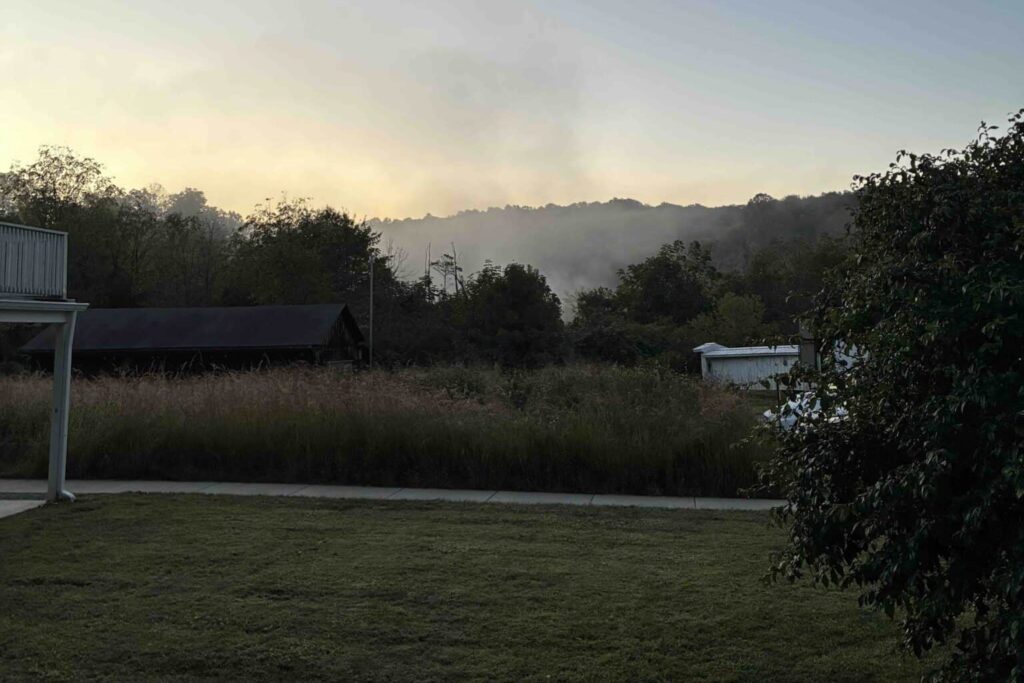
The sun begins to rise on a chilly morning, illuminating the glow of morning dew at Powdermill Avian Research Center in southwestern Pennsylvania. Despite this indicator of the start of a new day, coffee is already brewed, and researchers are at work opening mist nets prepping for a morning of bird banding. I had the privilege of joining these researchers for a workshop focused on teaching the fundamentals of bird banding.
Bird banding is one of the older contemporary methods to research and monitor birds, dating back to the early 1800’s when John James Audubon tied silver thread around the legs of Eastern Phoebe at his farm, and documented their return the following year. What started as a simple silver thread on a bird’s leg has become a highly regulated science, requiring permits, training, and ethical guidelines. Simply put, bird banding is catching birds and placing a band with a unique identifying number on their legs. This allows an individual bird to be tracked, whether migrating, breeding, wintering, or just stopping over to refuel. Having a bird in the hand also gives researchers the opportunity to collect data well beyond that of the band itself. Looking at plumage and other characteristics, researchers can determine the age and sex of an individual bird they have captured. Fat, muscle, and other measurements of the bird’s body can be collected as well. On top of this, bird banding opens the door for more intensive research to occur, like looking at isotopes, metabolites, and DNA of the individuals caught. Once everything is collected from a bird, it is released unharmed back to the wild.
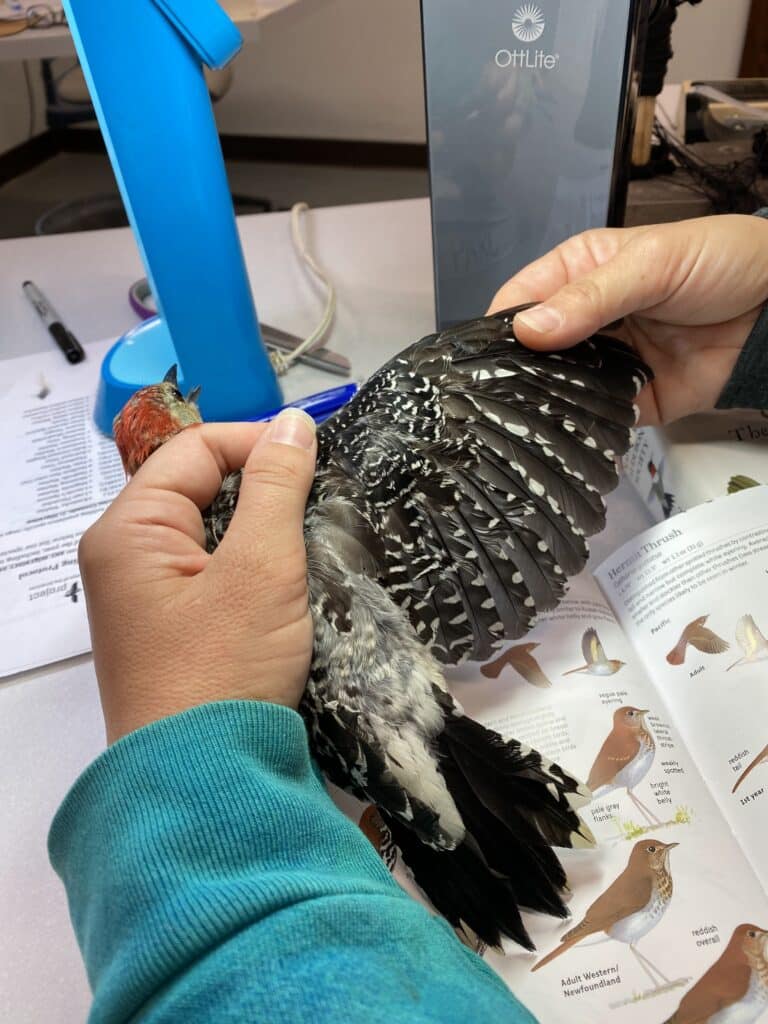
So why do researchers go through all this effort to band birds, can’t we answer conservation questions by just watching them? Banding reveals details we would never get from observation alone and provides the exclusive benefit of being able to track individuals. This can give us insight into how loyal individuals are to a site, longevity, reproductive productivity, seasonal movement patterns, and so much more. This is incredibly important as many bird species are in decline in North America and globally. An example of this is monitoring migration at stations like Powdermill Avian Research Center. During the migratory seasons they band species as they migrate through the region. This allows them to see what species are passing through, how many, when, and for how long. They can even see how much fat a bird puts on across its stay in the area, if it is generous enough to be caught again before continuing its migration. Compare this across the 60+ years of standardized data they have collected, and that’s a robust long-term dataset to see the trends, changes, and patterns that are occurring.
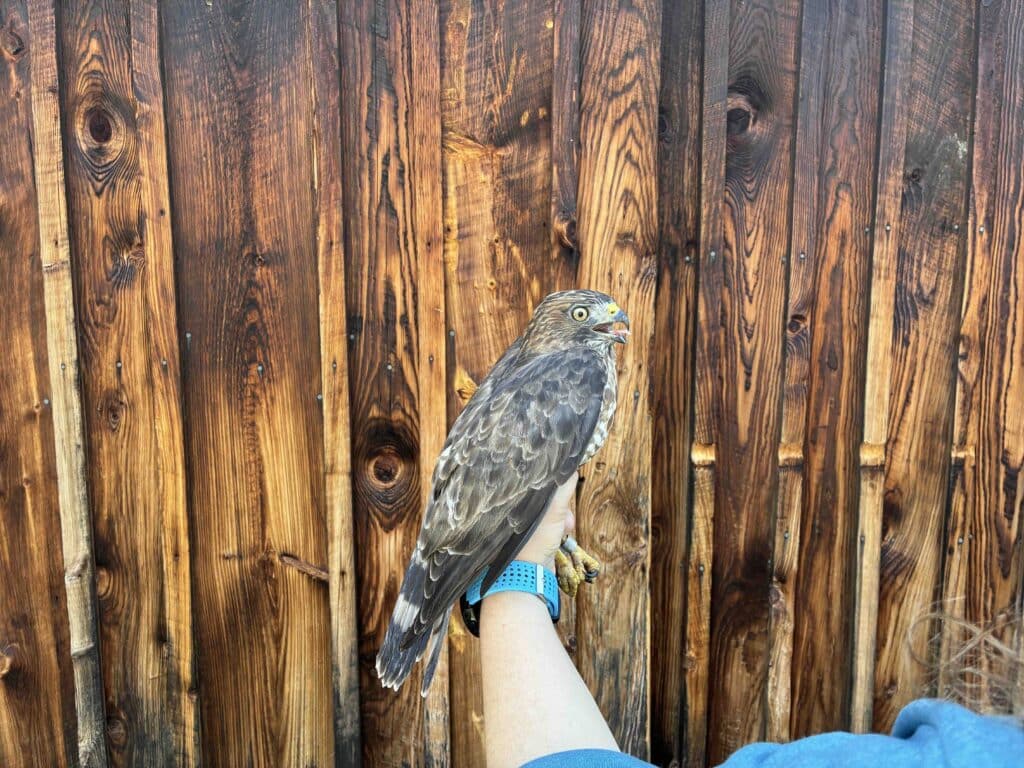
Arriving at the research center, attendees like myself settled into our cabin, situated just steps from the banding station. The next morning, we eagerly got to the station before sunrise and waited for the first batch of birds to come back. We started by discussing bird handling, and most importantly prioritizing the safety of the birds. Practice makes perfect and each of us got ample experience handling the birds, improving our comfort and abilities. From there we learned how to remove birds from the mist nets, a process called “extraction”. With careful supervision, we eventually began extracting birds. Then we learned how to “read” the bird to determine its age and sex. This was done by looking at molt limits on the birds’ wings. These are subtle differences between older and newer feathers, usually on the wings. A tricky skill that takes practice and a keen eye to master. Classroom presentations rounded out our days and taught us the necessary details of the banding process.
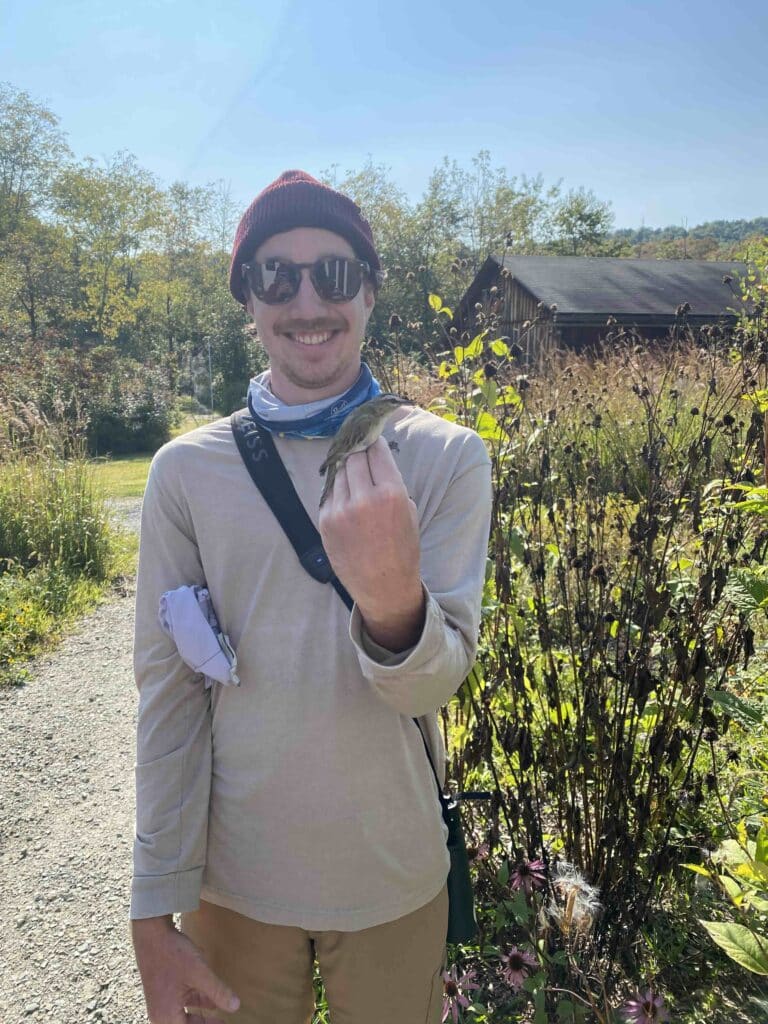
vireo. Photo by Alyson Rotello.
The workshop gave me the confidence and knowledge to contribute more fully to CWF banding operations, both present and future. Currently CWF is involved with banding of beach nesting birds like American Oystercatcher and Piping Plover; and raptors, such as Osprey among other species. In addition to skills gained, this experience reinforced how important banding is for conservation of these species. Every band has its own unique story, woven together to give us a better picture of the state of our wildlife and how we can conserve them.
Discover more from Conserve Wildlife Foundation of NJ
Subscribe to get the latest posts sent to your email.
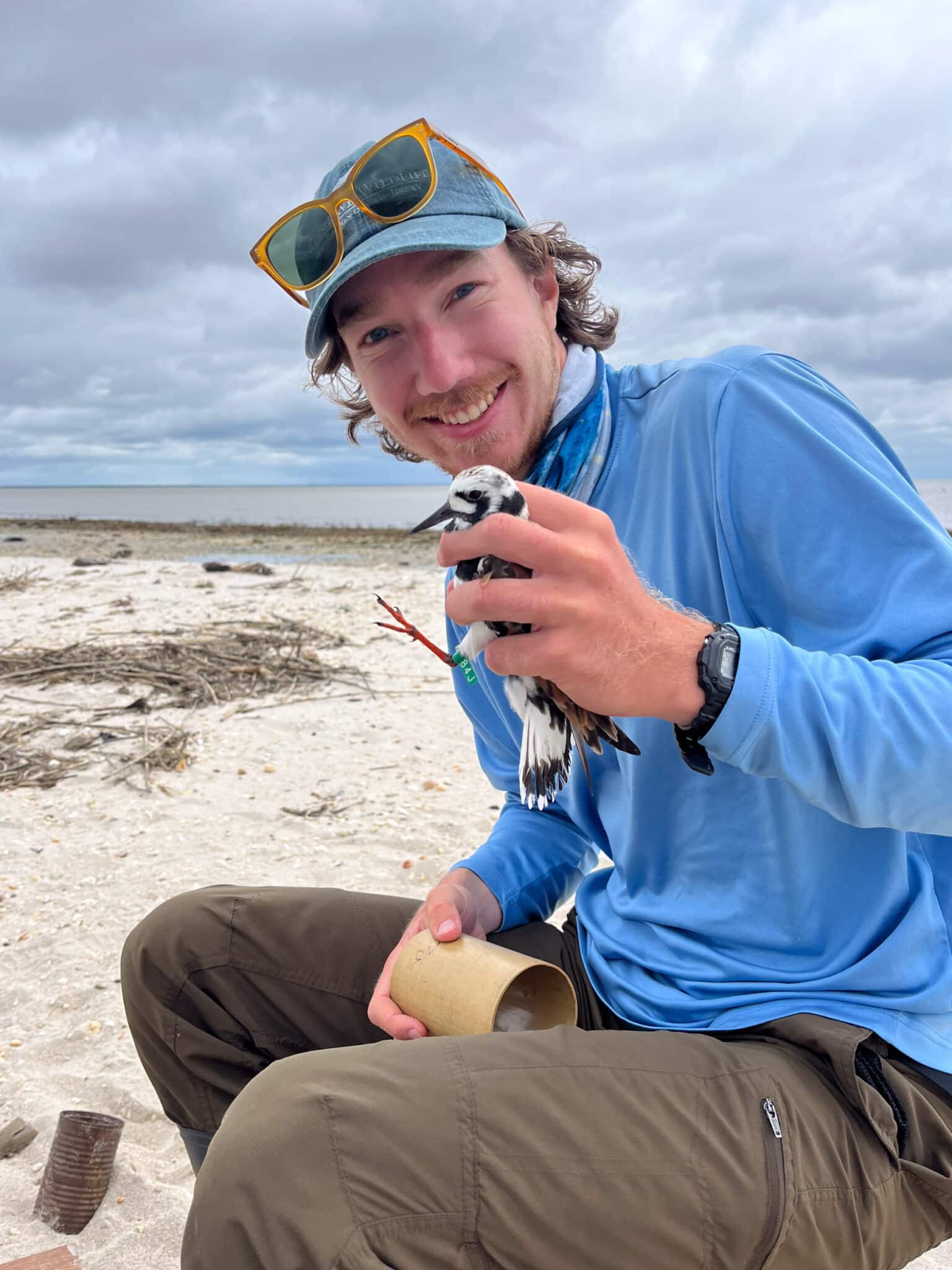
Leave a Comment
Sounds like it was a great experience! Well written article, Harrison!